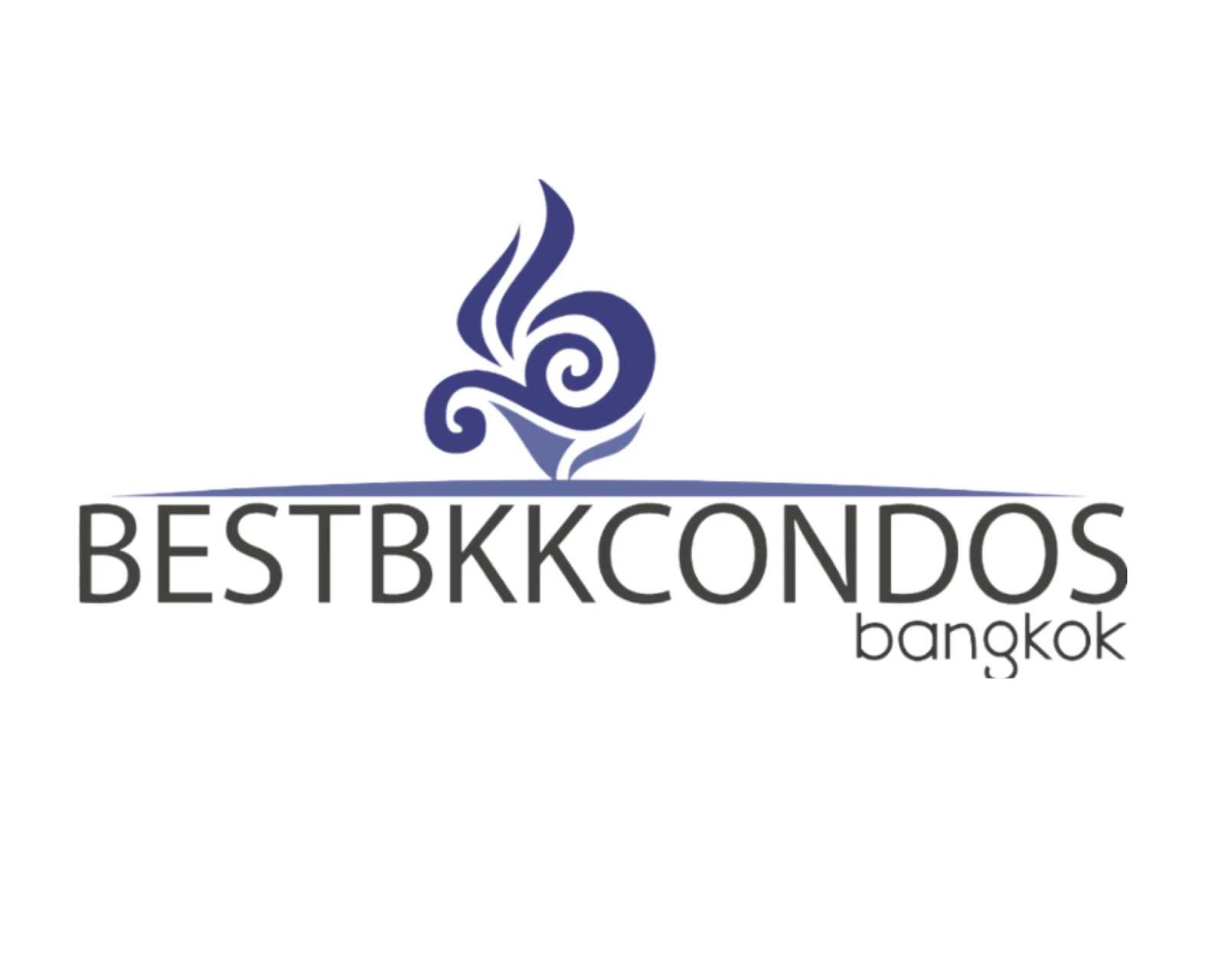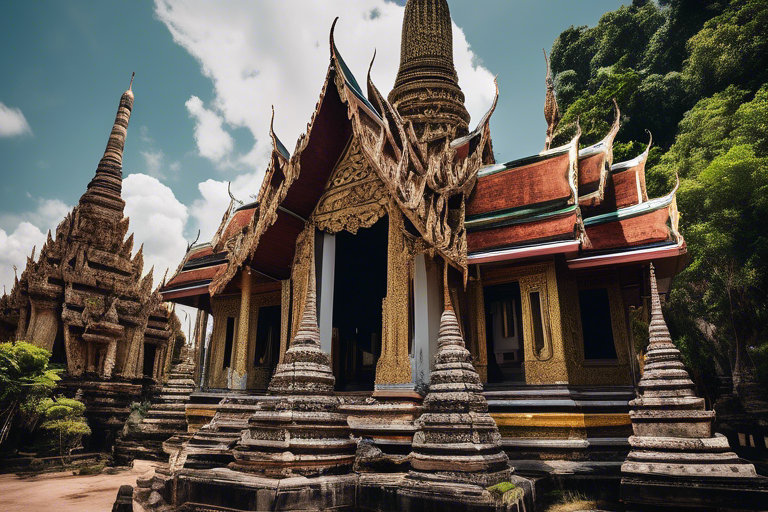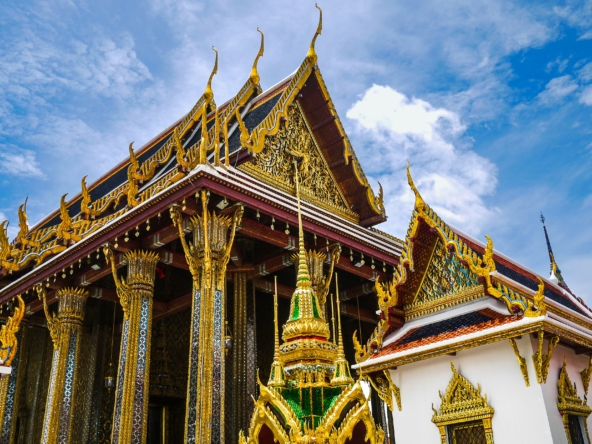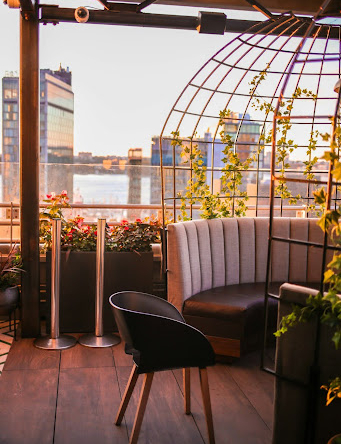Thailand, a country where the past and present coalesce in a tapestry of cultural richness and architectural marvels, invites travelers to embark on a journey through time. As 2024 beckons, the Land of Smiles holds within its bounds an array of historical sites that are not only visually stunning but also steeped in a deep and intricate history. From the awe-inspiring grandeur of palaces that echo the whispers of royalty to the serene ruins of ancient capitals that once thrived under the Siamese kingdom, Thailand’s historical sites are a testament to its diverse and vibrant heritage. Each site, with its unique story and ambiance, offers a glimpse into the country’s multifaceted past, making Thailand a veritable paradise for history enthusiasts and cultural explorers alike. In this guide, we journey across Thailand to explore the top 10 historical sites that stand as proud sentinels of its rich legacy. These destinations are not just mere tourist spots; they are the portals to understanding the heart and soul of Thai civilization. As we traverse from bustling Bangkok to the tranquil ruins of ancient cities, prepare to be enthralled by the timeless beauty and cultural depth that these historical treasures of Thailand offer.
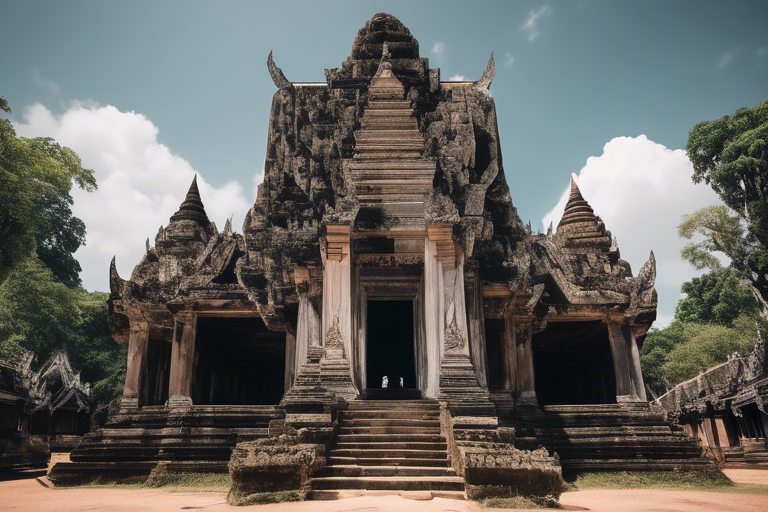
1. The Grand Palace, Bangkok
Nestled in the heart of Bangkok, the Grand Palace is more than just a tourist destination; it is a symbol of Thai culture and history. Built in 1782, this majestic complex has been the residence of Thai kings for over a century and a half, serving as a significant seat of power and ceremonial grandeur. The palace’s architecture is a testament to the creativity and craftsmanship of the Thai people, blending traditional Thai art with European designs.
As you walk through the vast grounds, you’ll be captivated by the intricate details of each building. The centerpiece, Wat Phra Kaew, or the Temple of the Emerald Buddha, houses a revered Buddha statue carved from a single block of jade, a sacred icon of Thai Buddhism. This emerald Buddha, clothed in seasonal robes that are changed by the King of Thailand, represents the heart of Thai spirituality and nationalism.
Visitors are encouraged to explore the many halls and pavilions, each narrating a different chapter of Thai history. The murals in the Grand Palace depict scenes from the Ramakien, the Thai version of the Indian epic Ramayana, offering insight into the country’s rich cultural and religious heritage.
A visit to the Grand Palace is a journey through the splendor of Thai royalty and tradition. As you meander through the complex, take a moment to appreciate the harmony of history and artistry, a combination that makes the Grand Palace an unmissable experience for anyone traveling to Thailand in 2024.
2. Ayutthaya Historical Park, Ayutthaya
Once the thriving capital of the Kingdom of Siam, Ayutthaya Historical Park is a sanctuary of history, nestled amidst the modern landscape of Thailand. Declared a UNESCO World Heritage Site, this park is a living museum, showcasing the glory of the Ayutthaya kingdom, which flourished from the 14th to the 18th century.
As you step into the park, you are transported back in time. The remnants of stone temples, monasteries, and palaces stand as silent witnesses to the city’s former grandeur and the catastrophic Burmese invasion that led to its fall. Among these ruins, Wat Phra Si Sanphet stands out with its distinctive row of chedis (stupas), once gilded and shining, now a poignant reminder of the city’s past wealth and religious devotion.
Exploring further, you’ll encounter the famous Buddha head entwined in the roots of a banyan tree at Wat Mahathat, an image that has become synonymous with Ayutthaya. It’s a surreal and powerful sight, symbolizing the enduring nature of spirituality amidst the ruins of temporal power.
Ayutthaya’s layout reflects a unique blend of architectural styles, influenced by various cultures that traded with the kingdom. This cross-cultural exchange is evident in the designs of the buildings, offering a fascinating glimpse into the cosmopolitan nature of ancient Ayutthaya.
For visitors in 2024, Ayutthaya Historical Park is not just a journey through ruins; it’s an immersive experience into the historical and cultural fabric of Thailand. Whether you’re wandering among the ancient structures, or enjoying a peaceful sunset by the riverside, Ayutthaya offers a profound connection to the past that is both educational and awe-inspiring.
3. Sukhothai Historical Park, Sukhothai
A visit to Thailand in 2024 would be incomplete without exploring the Sukhothai Historical Park, a site where the echoes of Thailand’s first capital resonate amidst magnificent ruins. Recognized as a UNESCO World Heritage Site, this park is a tribute to the Sukhothai Kingdom, which laid the foundations for Thai culture and political systems in the 13th and 14th centuries.
The park’s tranquil landscape is dotted with lotus-filled ponds, ancient Buddha statues, and remnants of old city walls and moats, encapsulating the essence of the Sukhothai era’s architectural and artistic style. The most iconic structure here is Wat Mahathat, the spiritual center of the kingdom, known for its classic, lotus-bud chedis and an impressive, seated Buddha statue, serenely dominating the surroundings.
Another remarkable site is Wat Si Chum, featuring a massive Buddha image known as Phra Achana, which is enshrined within a square mandapa. The sheer size and the serene expression of the Buddha image is a sight to behold, often leaving visitors in awe of the artistic and spiritual legacy of Sukhothai.
The park is not just about ruins and relics; it’s a reflection of the dawn of Thai civilization, where ideas in art, architecture, and Buddhism began to take a distinct Thai character, separate from the Khmer and Mon influences of the time. The layout of the park encourages leisurely exploration, ideally by bicycle, allowing visitors to fully absorb the serene and historic atmosphere.
For those visiting Thailand in 2024, Sukhothai Historical Park offers a unique journey into the origins of Thai culture. It’s a place where history is felt with every step, and the ancient stones tell stories of a bygone era that shaped the nation.
4. Historic City of Ayutthaya
The historic city of Ayutthaya, distinct from the larger Ayutthaya Historical Park, presents a more intimate encounter with Thailand’s past. Once a bustling metropolis and the second capital of the Siamese Kingdom, this city is a testament to the height of Thai civilization, where art, culture, and commerce flourished.
As you wander through the city, you’ll find yourself amidst an array of ancient temples and palaces, each narrating a story of Ayutthaya’s prosperous past and its subsequent fall in the late 18th century. Key among these is Wat Chaiwatthanaram, a stunning temple on the banks of the Chao Phraya River. Its striking layout, reminiscent of the temple of Angkor Wat, showcases the profound influence of Khmer architecture.
Another highlight is Wat Yai Chai Mongkhon, known for its large reclining Buddha statue and a chedi that offers panoramic views of the city. This temple complex is not only a significant religious site but also a symbol of the city’s resilience, having been restored several times throughout history.
The city’s layout, characterized by waterways and remnants of fortified walls, reflects its past strategic importance in trade and defense. A boat trip along these ancient waterways offers a unique perspective of Ayutthaya, revealing hidden gems and offering insights into the daily lives of the people who once walked these streets.
For those visiting in 2024, the historic city of Ayutthaya provides an opportunity to immerse oneself in the splendor of ancient Thai culture. The city’s blend of historical sites and lively market scenes creates a vibrant atmosphere, inviting visitors to experience both the majesty of its past and the dynamic rhythm of present-day Thailand.
5. Wat Phra That Lampang Luang, Lampang
Nestled in the northern part of Thailand, Wat Phra That Lampang Luang stands as a pinnacle of Lanna architecture and spiritual heritage. This temple, dating back to the 13th century, is not just a religious site; it is a cultural landmark that encapsulates the essence of the Lanna Kingdom’s history and artistry.
As visitors approach the temple, they are greeted by a formidable Naga staircase leading to a striking entrance gate, adorned with intricate wood carvings and traditional Lanna motifs. The temple complex is home to several ancient structures, including a viharn (assembly hall) and a golden chedi that reportedly houses a relic of the Buddha.
One of the most remarkable features of Wat Phra That Lampang Luang is its preservation. Unlike many historical sites that have undergone extensive restoration, this temple retains much of its original character, providing a genuine glimpse into the past. The murals inside the viharn, though faded, depict scenes from the Jataka tales and everyday life in ancient Lanna, offering a visual narrative of the region’s history and beliefs.
The temple also serves as a vantage point for breathtaking views of the surrounding countryside, embodying the serene beauty of northern Thailand. The atmosphere here is one of tranquility and reverence, allowing visitors to not only admire the architectural beauty but also engage in quiet contemplation.
For travelers visiting Thailand in 2024, Wat Phra That Lampang Luang is a must-visit destination. It is not just a journey into the architectural grandeur of the Lanna Kingdom but also an experience that connects visitors to the spiritual and cultural heart of northern Thailand.
6. San Kamphaeng Hot Springs, Chiang Mai
While not a historical site in the conventional sense, the San Kamphaeng Hot Springs in Chiang Mai offer a unique and relaxing insight into Thailand’s natural heritage. Located about 35 kilometers from Chiang Mai city, these hot springs are nestled in a beautifully landscaped park, offering a serene escape from the hustle and bustle of urban life.
The hot springs are famed for their therapeutic properties, with waters rich in minerals believed to have healing benefits for the skin and body. Visitors can indulge in a variety of experiences, from soaking their feet in the soothing waters to renting private mineral baths. There’s also an option to boil eggs in the hotter pools, a fun activity that adds to the charm of this natural wonder.
Surrounding the hot springs are areas of lush greenery, perfect for picnicking or simply enjoying the tranquility of nature. The park also features accommodations and spa facilities, making it an ideal spot for those seeking a wellness retreat.
In addition to the hot springs, the area of San Kamphaeng is known for its traditional crafts, particularly silk and cotton weaving. Visitors can explore nearby villages and workshops to witness the skilled craftsmanship of local artisans, adding a cultural dimension to their visit.
For those traveling to Thailand in 2024, the San Kamphaeng Hot Springs in Chiang Mai present an opportunity to experience the country’s natural beauty and traditional crafts. It’s a place where wellness, culture, and nature intertwine, offering a unique and relaxing addition to the historical journey through Thailand.
7. Wat Rong Khun, Chiang Rai
Wat Rong Khun, more widely known as the White Temple, is a contemporary marvel and one of the most extraordinary examples of modern Thai art. Located in Chiang Rai, this unique temple was designed and constructed by Thai artist Chalermchai Kositpipat, beginning in 1997. Unlike traditional temples that reflect centuries-old architecture, Wat Rong Khun stands out with its unconventional, all-white exterior and use of fragments of mirrored glass in the mosaics.
The white color symbolizes the purity of the Buddha, while the glass represents the Buddha’s wisdom shining across the earth and the universe. As visitors approach the main building, they are confronted with a sea of outreaching hands, symbolizing desire, a powerful representation of Buddhist teachings on greed and temptation.
The interior of the temple, though less traditional in its artistic approach, contains murals that depict scenes blending traditional Buddhist imagery with modern influences and messages. The murals include representations of modern figures and pop culture icons, providing thought-provoking commentary on worldly temptations and the ubiquity of consumer culture.
Wat Rong Khun is more than just a place of worship; it’s a work of art that invites contemplation and discussion. Each structure within the complex has a symbolic meaning, from the bridge of “the cycle of rebirth” to the “Gate of Heaven” guarded by two creatures representing Death and Rahu, who decides the fate of the dead.
For visitors in 2024, Wat Rong Khun offers a unique blend of traditional religious themes with provocative contemporary art. This temple is not only a must-see for its stunning visual appeal but also for its ability to challenge and engage visitors in a deeper understanding of Buddhist philosophy as it intersects with modern life.

8. Ban Chiang Archaeological Site, Udon Thani
The Ban Chiang Archaeological Site in Udon Thani is a window into the prehistoric world of Southeast Asia and holds immense significance in understanding the region’s early human civilizations. Recognized as a UNESCO World Heritage Site, Ban Chiang is celebrated for its remarkable archaeological discoveries, which have reshaped our understanding of early agricultural societies.
The site first came into the limelight in the 1960s, when a discovery revealed a vast array of pottery and artifacts dating back to as early as 2100 BCE. The distinctive red-on-buff pottery, featuring intricate and beautiful patterns, is considered some of the earliest and most sophisticated pottery in the region.
Visitors to Ban Chiang will find an informative museum that houses a collection of these ancient artifacts, providing insights into the daily lives, beliefs, and artistic achievements of the early inhabitants. The museum’s displays and exhibits do an excellent job of telling the story of this ancient community, from its agricultural practices to its burial traditions.
Exploring the site, visitors can see excavation pits and preserved areas that give a sense of the scale and significance of the archaeological findings. It’s a unique opportunity to stand where ancient people once lived and to reflect on the continuity of human history.
For those visiting Thailand in 2024, a trip to Ban Chiang offers a deeper appreciation for the country’s ancient history, far beyond its famous temples and palaces. It’s an essential stop for history buffs and anyone interested in the roots of civilization in Southeast Asia. The site not only showcases Thailand’s rich heritage but also connects visitors to the broader narrative of human development.
9. Phimai Historical Park, Nakhon Ratchasima
Phimai Historical Park in Nakhon Ratchasima is one of Thailand’s most significant Khmer historical sites, showcasing the ancient ties between the Khmer Empire and the Thai Kingdom. This park houses the remnants of one of the most important Mahayana Buddhist temples in Thailand, dating back to the 11th and 12th centuries.
The temple, known as Prasat Hin Phimai, is remarkable for its grandeur and intricate carvings, standing as a testament to the architectural and cultural influences that spanned across the region. Its design closely resembles that of Angkor Wat in Cambodia, indicating the extensive reach of the Khmer Empire. The temple complex is laid out in a rectangular plan, with beautifully preserved galleries, libraries, and towers adorned with exquisite stone carvings depicting Hindu and Buddhist imagery.
As you explore the park, you’ll find yourself walking along ancient pathways and amid towering structures that echo the spiritual and artistic achievements of their creators. The central sanctuary, with its iconic lotus-like tower, is particularly striking, symbolizing the connection between heaven and earth in Hindu and Buddhist cosmology.
The historical significance of Phimai extends beyond its religious architecture. The site is believed to have been connected to the ancient Khmer highway, linking it directly to the Angkor capital. This connection underscores the historical importance of Phimai as a religious, cultural, and trade hub in the region.
For visitors in 2024, Phimai Historical Park offers a profound glimpse into the region’s past, where Thai and Khmer histories intertwine. It’s a place where one can not only appreciate the aesthetic beauty of ancient architecture but also gain a deeper understanding of the cultural and historical narratives that have shaped Southeast Asia.
10. Si Satchanalai Historical Park, Sukhothai
Si Satchanalai Historical Park, a serene counterpart to the more famous Sukhothai Historical Park, offers a glimpse into the ancient world of the Sukhothai Kingdom, one of Thailand’s earliest and most influential kingdoms. This UNESCO World Heritage Site, located on the banks of the Yom River, was once an important administrative and production center of the Sukhothai era.
The park boasts impressive ruins of palaces, Buddhist temples, and ancient monuments, nestled amidst lush greenery. Among these, Wat Phra Si Rattana Mahathat stands out with its remarkable Khmer-style prang (tower) and exquisite Buddha images, illustrating the blend of Sukhothai and Khmer architectural styles.
Another significant site within the park is Wat Chedi Jet Thaew, known for its row of standing and seated Buddha statues and an array of chedis, each with unique designs reflecting the artistic evolution of the period. The serene and somewhat mystical atmosphere at Wat Chedi Jet Thaew offers a peaceful and contemplative experience.
Si Satchanalai was also known for its pottery and ceramics, with the famous Sangkhalok pottery being produced in the area. The ancient kilns, some of which have been excavated and can be visited, add an intriguing aspect to the park, connecting visitors to the everyday life and industries of the ancient inhabitants.
For visitors in 2024, Si Satchanalai Historical Park provides a quieter, more contemplative alternative to the more bustling historical sites. It’s a place where one can meander through ruins that are just as impressive as those in Sukhothai but with fewer crowds, allowing for a more personal connection to the history and beauty of ancient Thailand.
Conclusion
As we conclude our journey through the “Top 10 Historical Sites to Visit in Thailand 2024,” it’s clear that Thailand is not just a land of stunning beaches and vibrant cities, but also a treasure trove of historical and cultural riches. Each site we’ve explored tells a unique story, contributing to the intricate tapestry of Thai history. From the grandeur of the Grand Palace in Bangkok to the serene ruins of Si Satchanalai, these sites offer a diverse and profound perspective on Thailand’s past.
Visiting these historical landmarks provides more than just a visual feast; it offers an opportunity to connect with the spirit of Thailand. The tales of kings and empires, the spiritual depth of ancient temples, and the enduring beauty of traditional arts and architecture are all part of the experience. As 2024 travelers, you have the chance to witness the legacy of centuries, to walk in the footsteps of those who shaped the nation, and to understand the cultural and historical forces that continue to influence Thailand today.
Whether you’re a history enthusiast, a cultural explorer, or simply seeking a deeper travel experience, Thailand’s historical sites are a must-visit. They are not just attractions; they are the heartbeats of a nation’s story, inviting you to immerse yourself in their timeless allure. So, as you plan your trip to Thailand in 2024, remember that each step through these ancient sites is a step through history, a chance to experience the soul of this beautiful and enigmatic country.
🏠 Visit our website: https://bestbkkcondos.com/
For personalized assistance and inquiries, reach out to us:
📞 Call us at +66895057430 (WhatsApp)
📧 Email us at enquiry@bestbkkcondos.com
